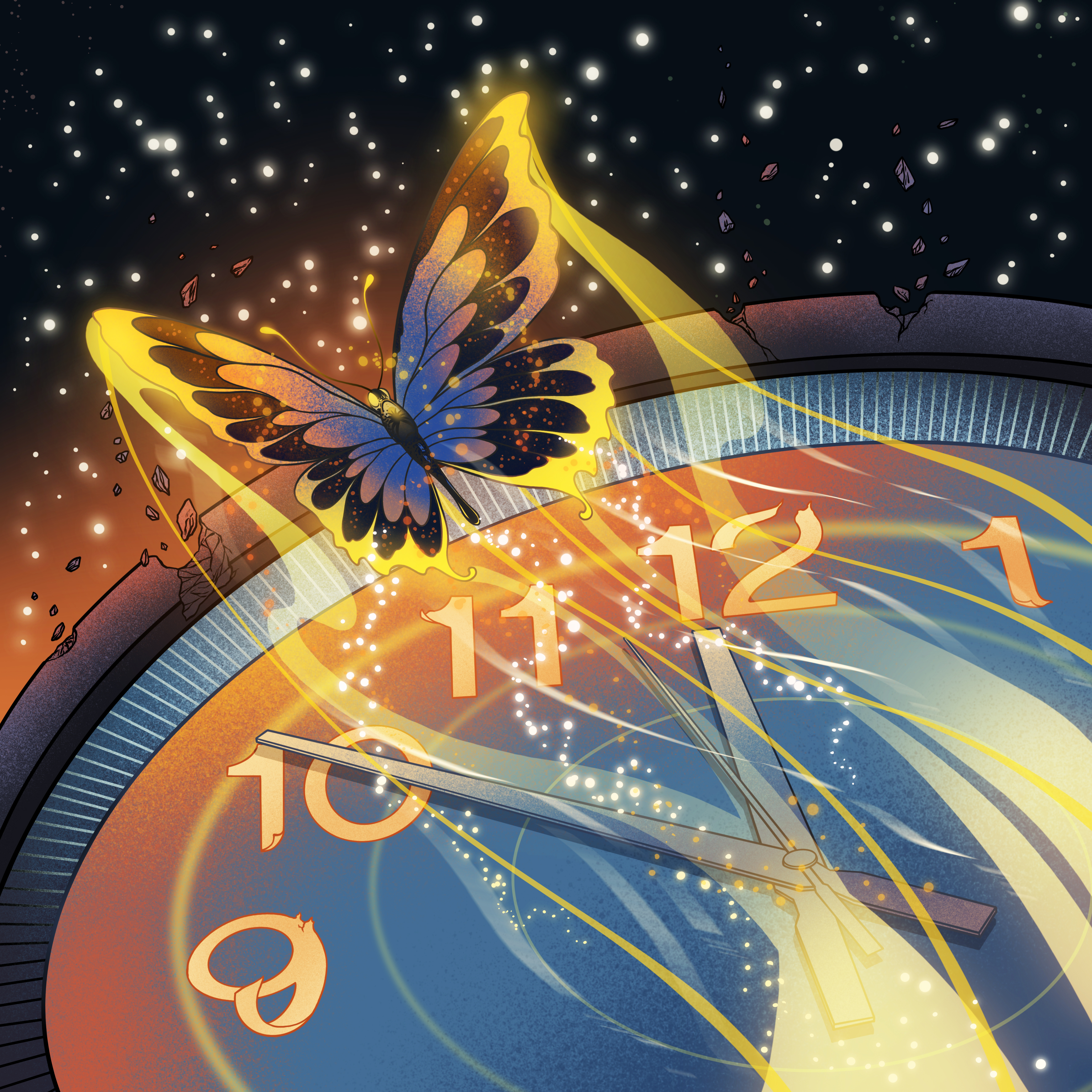System-level time computation and representation in the suprachiasmatic nucleus revealed by large-scale calcium imaging and machine learning
Zichen Wang, Jing Yu, Muyue Zhai, Zehua Wang, Kaiwen Sheng, Yu Zhu, Tianyu Wang, Mianzhi Liu, Lu Wang, Miao Yan, Jue Zhang, Ying Xu, Xianhua Wang, Lei Ma, Wei Hu, Heping Cheng
This repository contains the implementation for the paper [System-level time computation and representation in the suprachiasmatic nucleus revealed by large-scale calcium imaging and machine learning].
The suprachiasmatic nucleus (SCN) is the mammalian central circadian pacemaker with heterogeneous neurons acting in concert while each harboring self-sustained molecular clockwork. It comprises a pair of oval structures each containing ~10,000 heterogeneous neurons. The central clock integrates the external light and time cues to generate multichannel signals to command peripheral clocks across diverse tissues, thereby regulating physiological functions and daily behaviors of the animal.
The SCN Universe
Before running our codes, please make sure you have installed conda/miniconda and use the following commands to install the requirements.
conda env create -f torch.ymlWe have SCN Ca2+ signal data from six different mice, and experimental analyses, including the graph-based state classifier, the time prediction workflow, and the time-series analyzer TraceContrast, rely on these data to be completed. We provided the full data in the following link SCNdata_link
Download the SCN data and put them in ./SCNData folder.
(1) general time predictor Dataset1_SCNProject.mat, we name it as general time predictor
(2) submodule time predictor Dataset1_SCNProject.mat, we name it as submodule time predictor Dataset1_SCNProject.mat.
(1) For general time predictor, we provide its full training and testing pipeline in folder ./TimePredictor. And we also provided the code for general time predictor testing on sub-spatial modules in the same folder.
(2) For submodule time predictor, we provide its full training and testing pipeline in folder ./SubModule_TimePredictor..
cd TimePredictor
python train.py
python test_on_FullTestSet.py # test on the full test set.
python test_on_SubModuleInFullTestSet.py # test on the submodule in the full test set.
cd SubModule_TimePredictor
python train_1for3.py
python training_base_1for3.py
cd Attribution_analysis
python train.py
python test_AttributionAnalysis.py
In ./TraceContrast folder, the original data should be preprocessed by scn_data_process.m (MATLAB) first for different tasks, which includes "standard", "pc-sample" (sampling neurons), "time-sample" (sampling timestamps), "1_3-sample" (sampling 1-8 hours of 24 hours), "2_3-sample" (sampling 9-16 hours of 24 hours), "3_3-sample" (sampling 17-24 hours of 24 hours).
By specifying scn_data_path (the file path of the original data) and dataset_order in scn_data_process.m and running scn_data_process.m, the code will generate *.mat files automatically for all the above tasks, which can be used for the latter training procedure.
- For "1_3-sample", "2_3-sample" and "3_3-sample" tasks, the
*_standard.matis used.
cd TraceContrast
python main $your_input_file_path$ $task$
The main.py.
In ./StateClassifier folder, the original data should be preprocessed by scn_phase_space_process.m (MATLAB) first to convert raw data into graph dataset.
You may install PyTorch Geometric as follows:
# Install PyTorch Geometric
pip install torch-cluster==1.6.3 -f https://pytorch-geometric.com/whl/torch-2.1.0+cu118.html
pip install torch-sparse==0.6.18 -f https://pytorch-geometric.com/whl/torch-2.1.0+cu118.html
pip install torch-scatter==2.1.2 -f https://pytorch-geometric.com/whl/torch-2.1.0+cu118.html
pip install torch-geometricExecute the main script:
cd StateClassifier
python main.py
This will train the GCN model, perform validation, and finally test the model on the provided dataset. The best model is saved in the ./result/best_scn.pt file.
If you use our data or code in a research project leading to a publication, please cite the paper.
Wang, Z., Yu, J., Zhai, M. et al. System-level time computation and representation in the suprachiasmatic nucleus revealed by large-scale calcium imaging and machine learning. Cell Res (2024). https://doi.org/10.1038/s41422-024-00956-x
